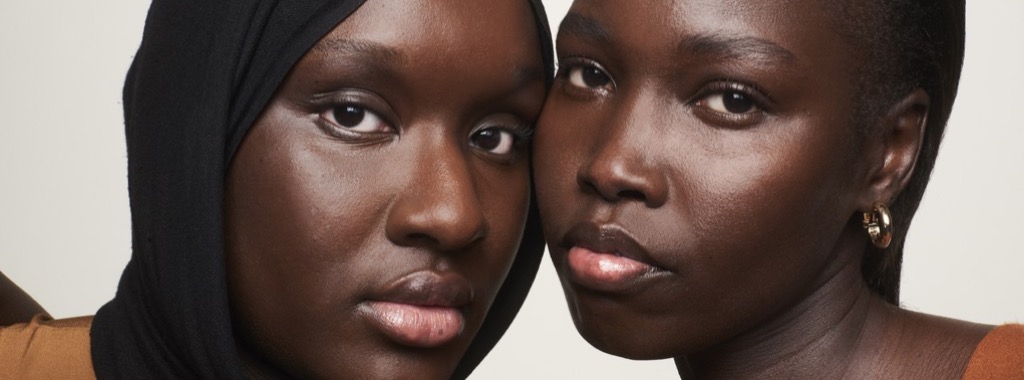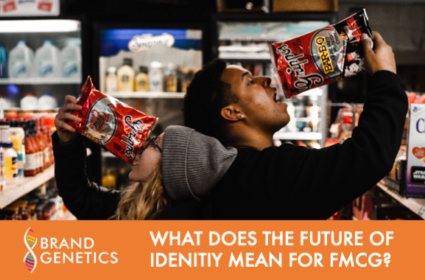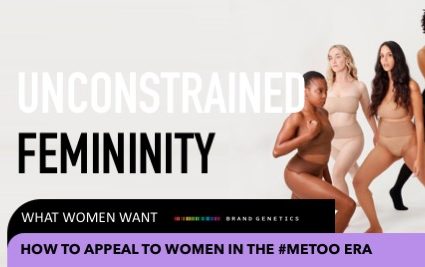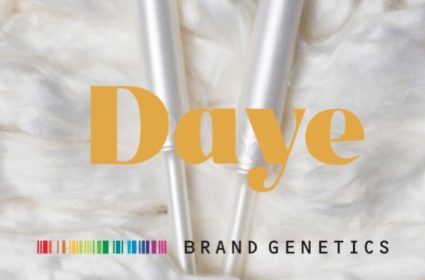What do women want from marketing in a #MeToo era?
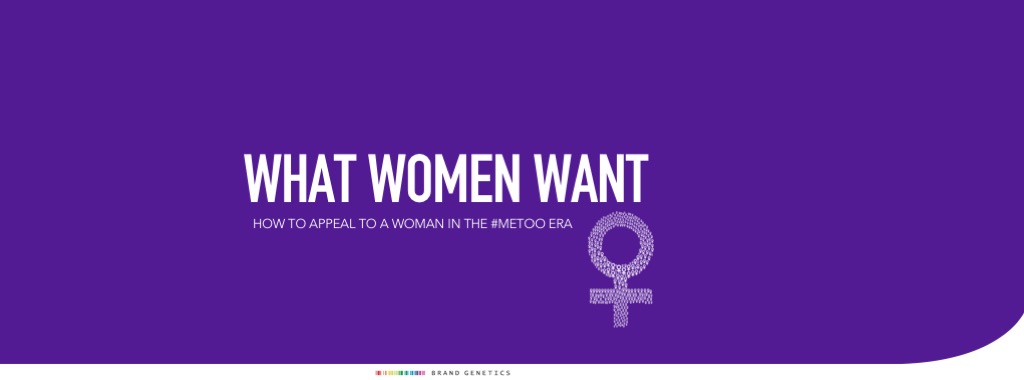
This article is part of our series on The Future of Femininity. You can view the full series or download the report.
Download ReportThe #MeToo movement has catalyzed social change, challenging our understanding of gender roles and female stereotypes. There is greater uncertainty today than ever before about what it means to be a woman. Femininity is in flux.
Women are increasingly challenging the way ‘feminine’ characteristics are portrayed and the fundamental assumptions underpinning them. This has implications for society and for marketers – women have had enough of lazy, band wagonning behaviours and have no hesitation in calling out tokenistic or patronizing behaviours.
New feminine stereotypes have emerged in response to these societal challenges – stereotypes that give new expression to traditional female characteristics and some that rebel against them – but all still restricted by the constraints of outdated assumptions.
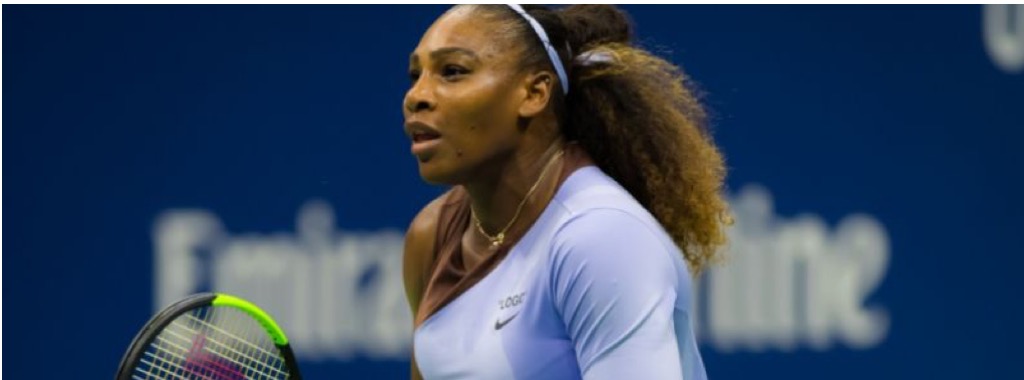
Fundamentally, women don’t want to be limited by stereotypes and are actively rejecting the notion they must fit into a binary world of ‘femininity’ and ‘masculinity’.
Embraced by brands such as Bumble, Glossier, Nike and Heist, the most ‘real’ dynamic and exciting expressions of femininity we see encourage women to build on the positive strengths of their individual characters, whether or not they are traditionally ‘feminine’ traits. By throwing off the constraints of reductive gender codes, they joyously celebrate their femininity on their own terms
Our latest identity report “What Women Want: How to appeal to women in a #MeToo era” delivers evidence-based thinking to decode the future of aspirational femininity and helps guide marketers in both appealing to and empowering women moving forward.
